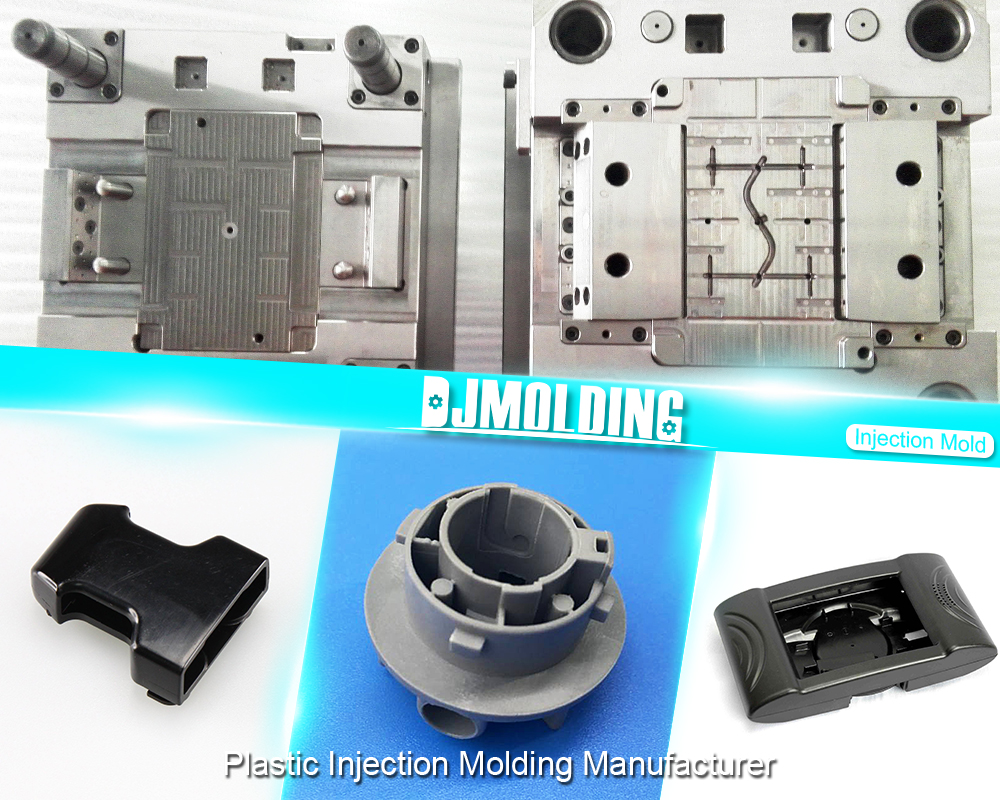Custom injection molding is a production method that enables the creation of accurate and intricate plastic parts customized for specific requirements. This technique is widely used in multiple sectors, from automobile to consumer electronics, due to its ability to produce large quantities of uniform and detailed components effectively. By using custom molds, producers can pump molten plastic into a cavity, where it solidifies and hardens, resulting in the final product.
Comprehending the principles of custom injection molding is essential for companies aiming to improve their manufacturing processes or develop unique products. This method not only improves the adaptability in design but also offers significant cost savings for large-scale production. As we delve deeper into the world of bespoke injection molding, it becomes evident that this process is a crucial element in shaping the evolution of production.
Grasping Tailored Injectable Manufacturing
Tailored injectable molding represents a fabrication technique that includes manufacturing components by injecting liquid matter within a cast. The method is generally commonly used for plastic materials, that can be melted and reconfigured multiple times. By using bespoke molds tailored to particular requirements, producers can create components having exact dimensions and detailed layouts, rendering it perfect for a diverse of sectors including automotive, healthcare, and consumer products.
That process starts with creating a shape that demonstrates the specific specifications of the completed item. Once the form is created, plastic pellets become heated until they become a flowing condition and subsequently injected inside the form under increased pressure. Once the liquid plastic hardens and sets, the mold is released, and the completed piece is released. Such a process enables consistent and high-volume manufacturing of tailored parts which fulfill specific operational standards.
Tailored molded manufacturing provides several advantages, including high efficiency and expansion potential. It permits fabricators to manufacture intricate shapes featuring strict tolerances, significant monetary reductions in mass output and minimized scrap of substance. As time goes by tech advances, the potential of tailored injectable molding continue to increase, providing potential for new developments and uses in multiple fields.
Benefits of Tailored Injectable Casting

Custom injection molding offers exceptional design versatility, allowing manufacturers to create intricate shapes and complex features that are difficult or not achievable to create with alternative techniques. This versatility means that items can be tailored to specific applications, improving usability and aesthetic appeal. Designers can innovate without being constrained by standard production limitations, ultimately leading to breakthroughs in goods development.
Another major benefit of personalized injectable casting is the elevated level of effectiveness it provides in the manufacturing process. Once the first template is created, large volumes of pieces can be produced quickly, ensuring consistent quality and cutting staff costs. This productivity is particularly beneficial for organizations looking to expand production, as it enables them to meet rising requirements without sacrificing on quality or increasing functional costs.
Lastly, custom injection casting can be highly cost-effective in the future. Although the initial outlay for templates can be substantial, the cost per unit decreases dramatically with higher production batches. Moreover, the durability of the cast goods often leads to reduced long-term outlays related to upkeep and renewals. By optimizing material use and reducing excess, tailored injection molding can lead to overall financial savings for companies concentrated on eco-friendliness and effectiveness.
Essential Factors for Successful Projects
As you start a custom injection molding project, grasping material selection is vital. Different plastics have distinct properties that can affect the functionality and durability of the ultimate item. Choosing the suitable material based on the intended use of the part is necessary to achieve the targeted performance. Factors such as heat tolerance, resistance to chemicals, and physical robustness should be weighed carefully to ensure the best outcome.
A further critical element is mold design and production. The effectiveness of the injection molding process is greatly dependent on the caliber of the mold. Collaborating with skilled engineers and designers can lead to enhanced mold designs that increase precision and minimize production costs. Additionally, using advanced technologies such as computer-aided design can help in developing intricate designs and shortening time to market significantly.
Finally, creating clear communication and robust partnerships with suppliers and manufacturers can make a meaningful difference. Consistent feedback and feedback loops are important throughout the project to resolve any potential issues that may occur. This team-oriented strategy fosters a smoother production process and ensures that the end product aligns closely with the initial concept. Establishing well-defined goals and checkpoints can also keep the project aligned and financially feasible.
